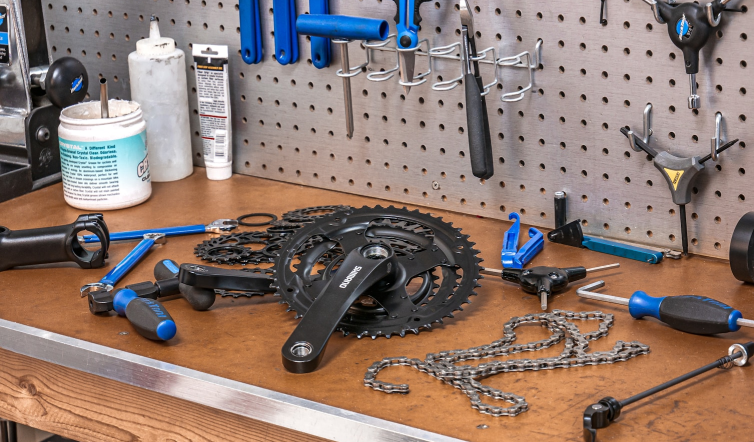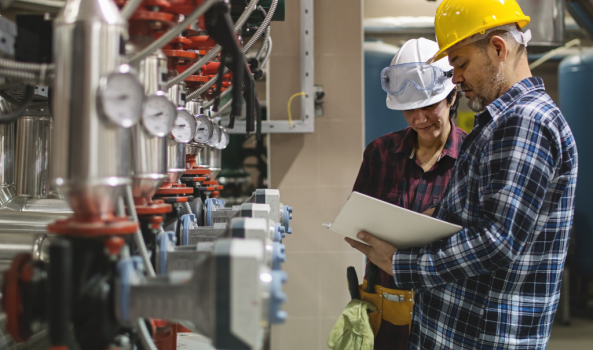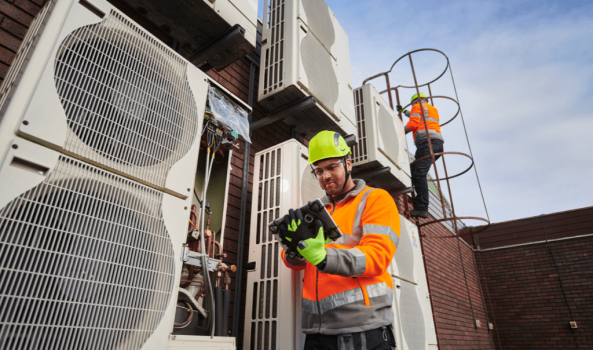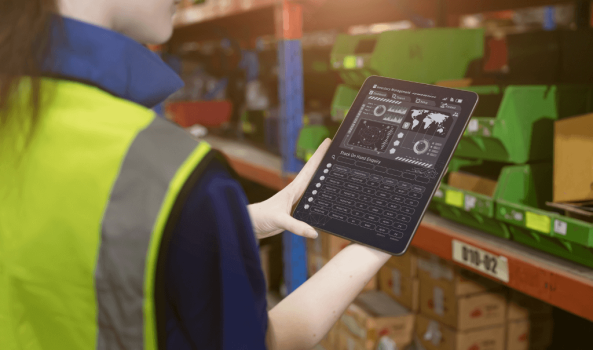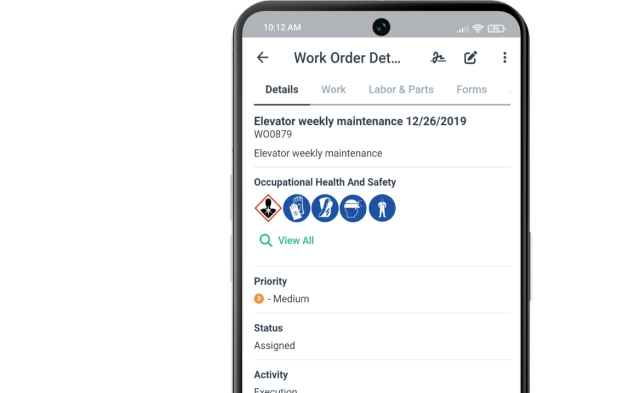Get a Free WorkTrek Demo
Let's show you how WorkTrek can help you optimize your maintenance operation.
Try for freeNo matter how well equipment is maintained, breakdowns are inevitable. Corrective maintenance addresses these failures directly, enabling teams to restore operations quickly and minimize disruptions.
Understanding the eight types of corrective maintenance can improve response times, reduce costs, and keep systems running smoothly.
Key Takeaways
- There are different types of corrective maintenance for different situations.
- Knowing each type helps improve repair decisions and resource use.
- Choosing the right approach can lead to better equipment performance.
Understanding Corrective Maintenance
Corrective maintenance refers to any action taken after equipment exhibits signs of failure or ceases to function properly.

Unlike preventive maintenance, which is performed on a schedule, the corrective maintenance process is inherently reactive.
But they’re not always unplanned. Some are scheduled once an issue is identified, but it isn’t urgent.
Role in Maintenance Strategies
Corrective maintenance stands out as a distinct type of maintenance. Some people refer to it as “breakdown” or “reactive” maintenance.
Maintenance teams often mix corrective work with preventive and predictive tasks. That way, they save money and limit disruptions.
Planned corrective maintenance refers to teams addressing non-urgent issues identified during inspections.
Unplanned corrective maintenance kicks in when something breaks unexpectedly and requires emergency repairs.
Using both allows teams to react quickly while still keeping things organized.
On its own, corrective maintenance isn’t always the most cost-effective option or the best maintenance strategy, but it helps round out a comprehensive maintenance plan.
Comparison With Preventive And Predictive Maintenance
Corrective maintenance isn’t the same as preventive maintenance or predictive maintenance.
Preventive maintenance involves performing tasks at regular intervals to prevent problems before they occur. Predictive maintenance utilizes IoT sensors and data to identify issues before they become significant.
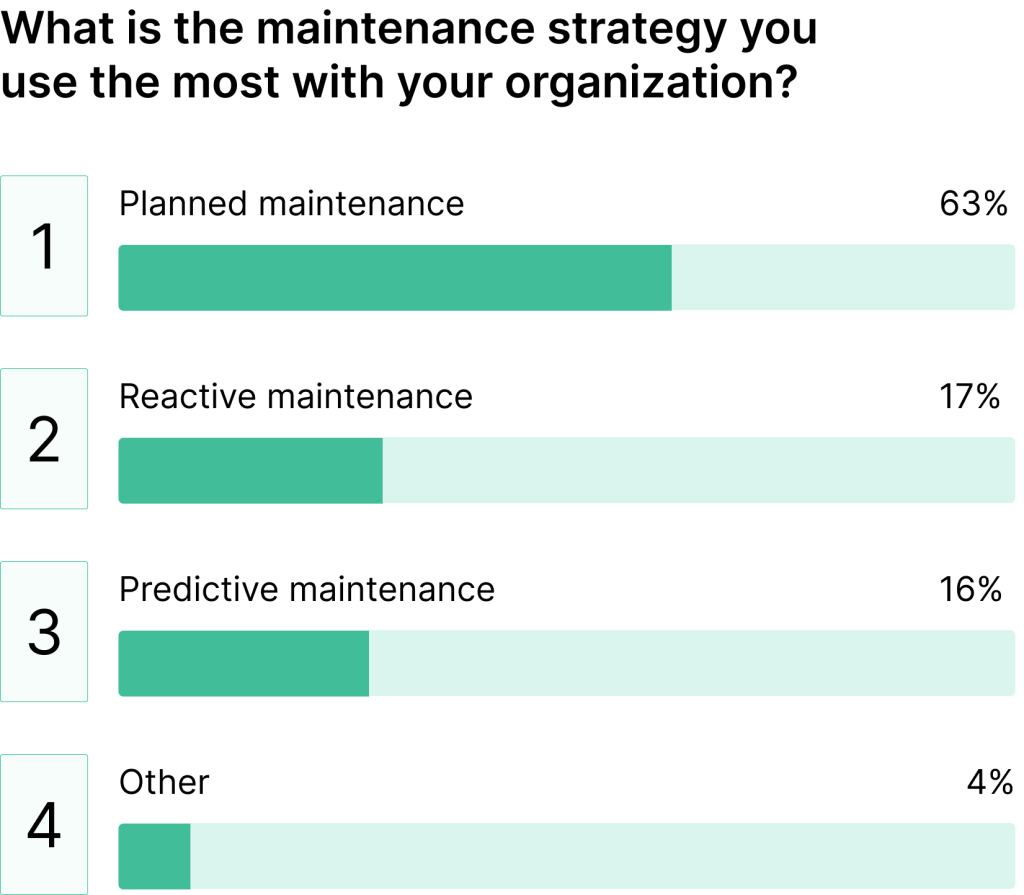
What is the main benefit of corrective maintenance? You only act when something breaks, so you skip a lot of extra work.
However, waiting for things to fail can result in larger repair bills and more downtime compared to the other two options.
Preventive maintenance reduces the risk of breakdowns by addressing issues early, although it may require additional labor and parts.
Predictive maintenance tries to fix stuff only when the data says it’s needed, but you do have to invest in tech.
Combining these methods enables companies to achieve improved reliability and more effective maintenance management.
1. Planned Corrective Maintenance
Planned corrective maintenance involves fixing equipment or assets according to a schedule, rather than waiting for a total breakdown.
Teams follow clear steps and use the right tools to complete repairs at the optimal time and in the most effective manner.
Process and Procedures
Planned corrective maintenance begins when teams identify signs of trouble before a complete failure occurs.
They use inspections, sensors, or reports to catch problems early and then plan repairs for a time that causes the least hassle.
Standard operating procedures (SOPs) keep the work safe and effective. Teams document every step, from the first sign of trouble to the final repair check.

Maintenance management software, like a computerized maintenance management system (CMMS), helps track work orders and schedules.
The software organizes tasks, assigns work, and stores repair history for later.
Good documentation, which can be electronically managed within a CMMS platform, also helps new team members learn the ropes and prevents mistakes.
Benefits and Limitations
Planned corrective maintenance reduces the likelihood of unexpected breakdowns and machine failure.
Repairs are scheduled during slow periods, so operations are not disrupted.
SOPs and a CMMS make the whole thing smoother and save time.
Teams can identify which assets fail most frequently and adjust their plans accordingly.
However, this method still responds to problems after they occur, not before.
If teams miss early warning signs, breakdowns can still sneak up. Compared to preventive maintenance, planned corrective maintenance may allow some issues to grow before they are detected.
2. Unplanned Corrective Maintenance
Unplanned corrective maintenance is all about responding to unexpected equipment failures or breakdowns.
This type of maintenance is crucial for keeping systems running smoothly and minimizing downtime.
Typical Scenarios
Unplanned corrective maintenance, also known as unscheduled maintenance, occurs when equipment fails unexpectedly. Teams need to move fast to fix the issue and get things back online.
Picture a conveyor belt motor malfunctioning in the middle of production, or an HVAC unit failing during a heatwave. Maintenance personnel perform these corrective maintenance tasks only after a complete failure occurs.
This approach is closely connected to run-to-failure maintenance, where only repairs are made after a component stops functioning. Technicians troubleshoot, disassemble equipment, and replace the broken part as quickly as possible.
Impact on Operations
Unplanned corrective maintenance can throw a wrench into operations fast.
Production lines may stop, and key services may get delayed, resulting in lost time and higher costs.
When a critical asset fails, work starts piling up and deadlines slip. Emergency repairs typically cost more than planned work, since it might require overtime, rush shipping, and sometimes outside assistance.
The risk of workplace accidents climbs during rushed repairs. Sudden equipment shutdowns without notice can leave people confused or even create unsafe conditions.
Reliability drops, and planning workloads or hitting targets becomes a headache. If run-to-failure maintenance becomes the norm, long-term costs go up. Unplanned fixes put more wear and tear on equipment, so things break down more often and need replacing sooner.
3. Emergency Maintenance
Emergency maintenance addresses sudden equipment failures that can result in unplanned downtime and safety risks. This type of maintenance is pretty much the opposite of performing preventive maintenance tasks.
It requires quick action and clear procedures to restore normal operations and protect people and assets.
Emergency Repairs
Based on our experience working with various maintenance organizations, most maintenance technicians tend to dislike performing emergency repairs.
These tasks are usually urgent, require a scramble for parts, and are usually required after total equipment failure. They also happen outside the regular maintenance schedule.
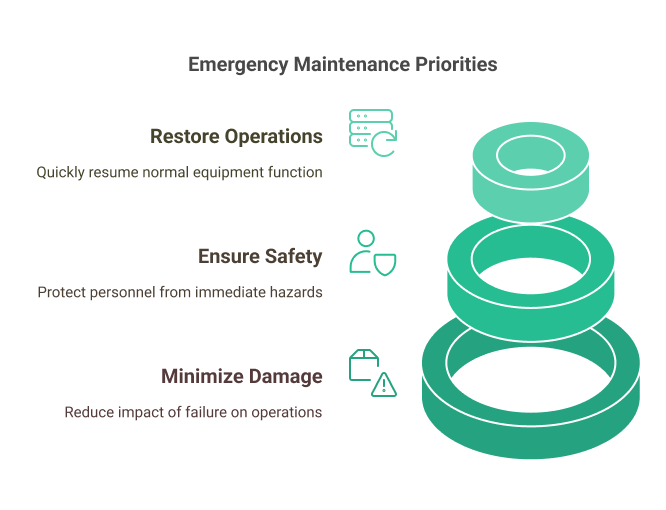
Some examples include a leaking pipe in a hospital or a conveyor belt that stops in a factory. Emergency repairs often cost more than planned fixes and require additional resources, such as overtime hours or specialized parts.
According to NEXGEN Asset Management, emergency maintenance tends to be the most expensive because repairs happen under pressure, sometimes with limited information or tools.
Safety Protocols
It is important to follow safety protocols for emergency maintenance. This helps lower the chance of accidents while working on urgent repairs.
Before starting any emergency repair, teams should follow strict lockout/tagout procedures to stop machines from powering on accidentally.
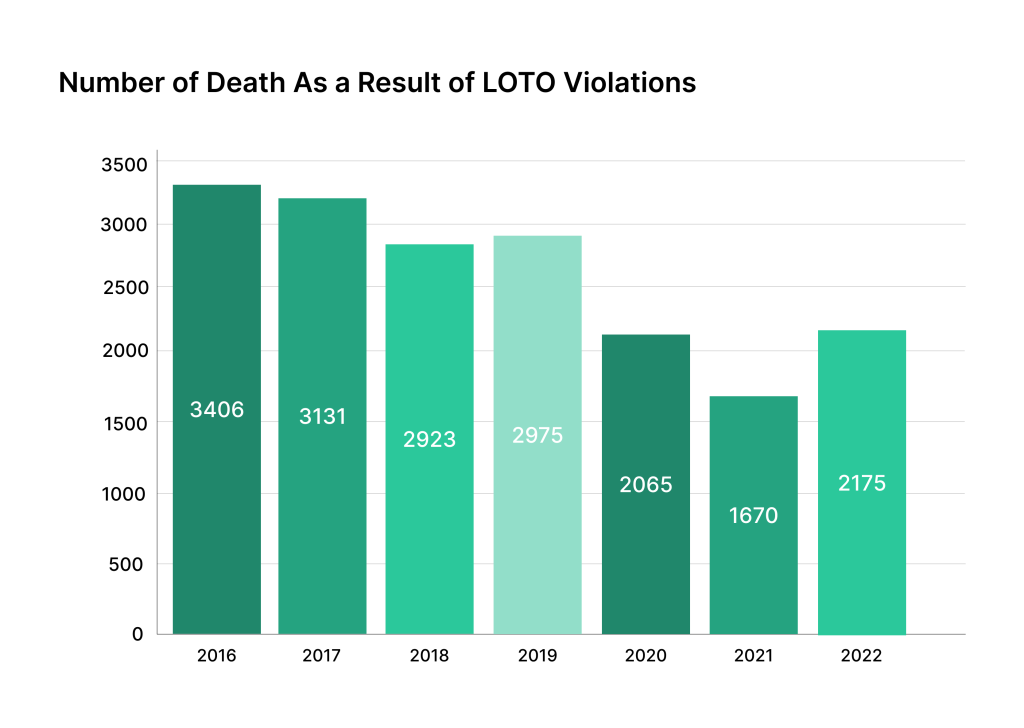
Maintenance technicians must wear personal protective equipment (PPE), such as gloves, goggles, or helmets, to prevent injury.
They should also track who is in the affected area to prevent unauthorized entry and confusion. If hazardous materials or high voltages are involved, teams must isolate them before any work can begin.
4. Deferred Maintenance
When budgets and resources are limited, deferred maintenance happens. These delays can lead to higher costs and bigger problems for equipment or facilities.
Risks and Consequences
When repairs are postponed, asset performance can decrease over time. Equipment may break down more frequently or operate less efficiently.
This can cause unexpected downtime or even necessitate emergency repairs, which can be more expensive.
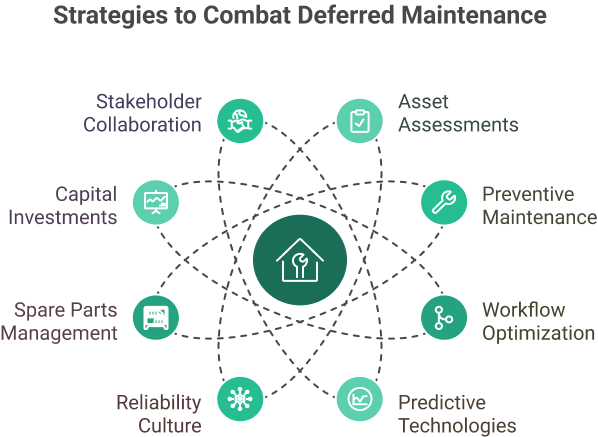
If you rely too heavily on deferred maintenance, it can lead to safety hazards. For example, a worn-out machine part may eventually fail, putting workers at risk of injury.
Regular delays often result in higher maintenance costs later, as the damage typically worsens the longer it is left unaddressed.
Resource allocation becomes increasingly challenging as more repairs accumulate. Teams may struggle to prioritize which jobs are most urgent, making scheduling even more difficult.
In critical environments such as hospitals or factories, even small delays can create significant problems for productivity and safety.
Decision Criteria
Deferred maintenance can be an effective maintenance strategy for non-critical equipment.
The key is to decide which maintenance tasks can be safely delayed without creating extra risk. Managers often consider factors such as budget constraints, staff availability, and the frequency of asset use.
They may also look at the potential impact on asset performance and future maintenance costs. High-priority equipment that plays a big role in daily operations should rarely be delayed.
On the other hand, non-essential repairs may wait until resources are available.
5. Condition-Based Corrective Maintenance
Condition-based corrective maintenance utilizes real-time data to identify issues and perform repairs only when necessary. This approach saves resources by focusing on equipment health rather than a strict schedule.
Role of Condition Monitoring
Condition monitoring is the process of measuring specific signs that show a machine’s condition, such as vibrations, temperature, or noise.
When these levels move outside of normal operating conditions, the system signals a possible fault.
Instead of guessing or following a calendar-based schedule, maintenance teams rely on these signals to decide when to take action. This helps prevent unexpected failures and reduces downtime.
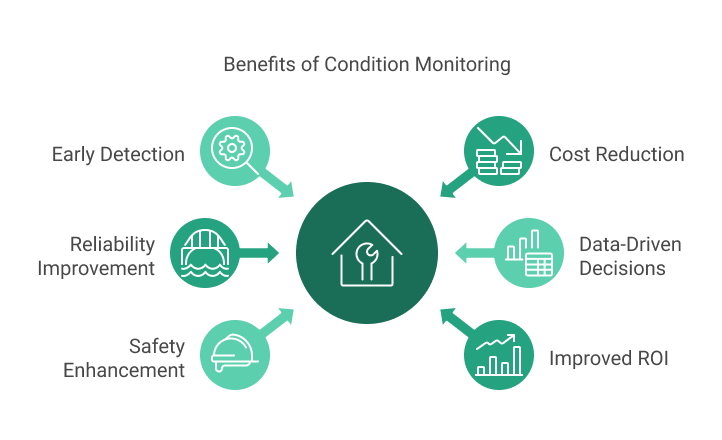
Common examples include monitoring the oil quality in engines, checking motor vibrations, or tracking electrical current in machines.
Many factories use condition-based maintenance methods, targeting their efforts to repair equipment only when necessary.
Diagnostic and Monitoring Tools
To employ condition-based corrective maintenance, you need good diagnostic tools. They help track data from machines in real time and identify problems early.
Popular tools include vibration analyzers, thermal cameras, and ultrasonic sensors.
IoT sensors can collect data continuously and send alerts to maintenance teams as soon as a problem is detected.
These sensors are placed on machines to watch for early warning signs, such as increased noise, heat, or abnormal movements.
Using a CMMS platform like WorkTrek allows teams to review data, predict failures, and schedule repairs at the best time.
6. Reactive Maintenance
As the term implies, reactive maintenance is done when equipment fails and immediate action is needed.
Problem Identification
The first step in reactive maintenance is identifying the problem. Maintenance technicians need to assess the situation, review maintenance history and decide what spare parts are needed for the repair.
They may use visual checks, listen for strange noises, or look for warning lights. Some companies keep logs of past issues to help spot patterns.
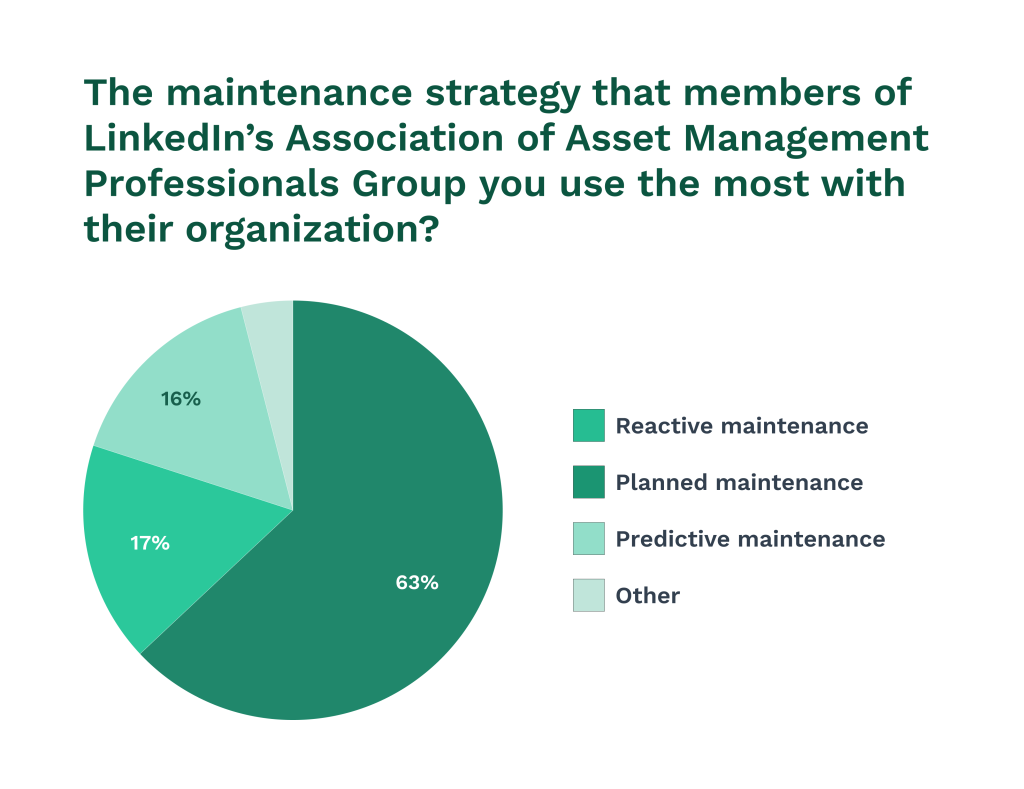
The primary goal is to identify the source of failure quickly. This allows teams to prepare the right repair tools and replacement parts.
Accurate problem detection helps reduce downtime and ensures that the right fix is made the first time. Early identification can sometimes prevent minor issues from escalating into major failures.
Response Time
Speed is critical in reactive maintenance work. Once a problem is identified, the team acts promptly to minimize damage and reduce costly downtime.
Many companies have procedures in place for responding to emergencies and addressing urgent maintenance activities.
Response time depends on several factors:
- How easily can the broken equipment be reached
- The availability of spare parts and repair tools.
- The size and skills of the maintenance crew.
- Time taken for approvals or access in secured areas.
7. Scheduled Corrective Maintenance
Scheduled corrective maintenance is a planned process that addresses known issues before they cause equipment failure. This approach helps reduce downtime and supports safer, smoother operations.
Scheduling Techniques
Scheduling for corrective maintenance involves careful planning and coordination to minimize production interruptions.
Maintenance teams use tools like work order systems, maintenance calendars, and CMMS Software to organize tasks.
For example, a machine that shows signs of wear during a routine inspection can be flagged for repair during a scheduled downtime window.
Technicians often create a priority list that ranks repairs based on urgency and impact.
Scheduled inspections and maintenance inspections are used to identify faults early so that they can be resolved before turning into emergency repairs. Coordination with production schedules is essential to make sure maintenance does not disrupt key activities.
Integration With Other Maintenance Types
Scheduled corrective maintenance can often be combined with other maintenance types to enhance the effectiveness of maintenance programs.
It is common to combine scheduled corrective actions with regular scheduled maintenance and preventive strategies.
For example, during scheduled downtime for regular servicing, corrective repairs discovered during past inspections may also be completed.
Maintenance teams can use data from maintenance inspections and routine inspections to update their schedules.
If a problem is found during a scheduled inspection and is minor, it might be added to a future maintenance plan instead of being fixed immediately.
This integration enhances resource utilization and reduces overall costs.
Tracking trends from scheduled corrective work also helps companies design better preventive programs in the future.
8. Routine And Run-To-Failure Maintenance
Routine maintenance involves scheduled tasks to keep equipment working efficiently. Run-to-failure maintenance waits until something breaks before attempting to repair it.
Both approaches play important roles, but their objectives and methods differ.
Routine Maintenance Practices
Routine maintenance is a planned activity. Workers perform inspections, cleaning, lubrication, and minor repairs at scheduled intervals or after a specified amount of use.
This helps keep equipment running smoothly and identifies problems early.
A checklist is used to track the tasks that need to be done and when they are due. Most companies use checklists for tasks such as oil changes, filter replacements, and safety checks.
Tracking work history and following a clear schedule are considered best practices for maintenance.
Routine work can reduce the likelihood of sudden breakdowns, enhance safety, and prolong the life of equipment. It enables teams to address minor issues before they escalate into significant, costly failures.
Run-To-Failure Maintenance Methods
Run-to-failure maintenance is a strategy where equipment is used until it stops working. When a breakdown occurs, the team then repairs or replaces the failed part.
This approach is most effective for items that are not critical to safety or production.
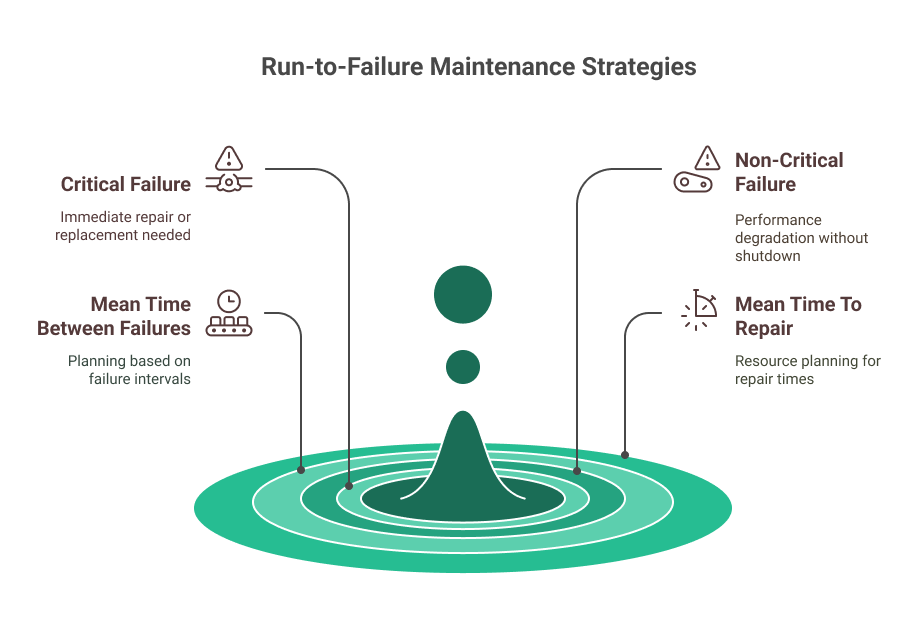
Examples include light bulbs, small motors, or pumps that are easy and quick to replace. There is no routine inspecting or servicing for this equipment unless a problem is noticed.
The main benefit is reduced planning and lower routine costs. However, running to failure can lead to unexpected downtime and higher costs if not managed properly.
Conclusion
Understanding the eight types of corrective maintenance is important for developing an effective maintenance strategy that strikes a balance between cost, efficiency, and operational reliability.
From planned corrective maintenance that addresses issues before total failure to emergency repairs that require immediate action, each approach serves a specific purpose in maintaining equipment performance.
While reactive and run-to-failure methods may seem cost-effective initially, they often result in higher long-term expenses and increased downtime. The key to successful maintenance management lies in combining these corrective approaches with preventive and predictive strategies, utilizing modern tools like CMMS platforms and condition monitoring systems.



